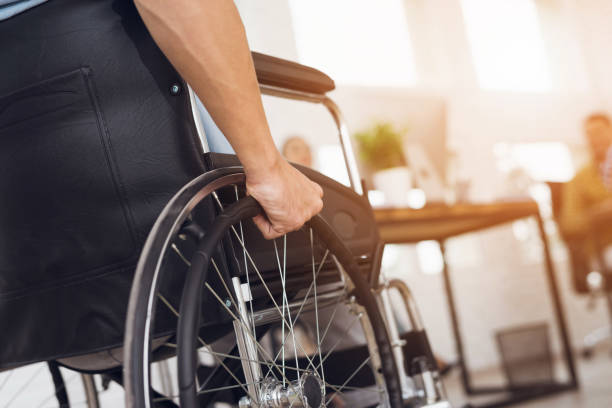
Mobility – Bathroom Safety
Bathroom safety equipment refers to various products and devices that are designed to enhance safety and accessibility in the bathroom. This can include items such as grab bars, shower chairs, non-slip mats, raised toilet seats, and handheld showerheads. These products are especially useful for individuals with mobility issues, seniors, or anyone who wants to prevent accidents and maintain independence in the bathroom.
There are several types of bathroom safety equipment that can be used in different areas of the bathroom to enhance safety. Some common types include:
Grab bars: These are sturdy bars that can be installed on the walls near the toilet, shower, or bathtub to provide support and stability when standing up or sitting down.
Shower chairs or benches: These are chairs or benches that can be placed inside the shower or bathtub to provide a safe and comfortable place to sit while bathing.
Non-slip mats or strips: These are mats or adhesive strips that can be placed on the floor of the shower or bathtub to prevent slipping and falling.
Raised toilet seats: These are seats that can be placed on top of the existing toilet seat to raise the height, making it easier for individuals with mobility issues to sit down and stand up.
Toilet safety frames: These are frames that can be installed around the toilet to provide additional support and stability when using the toilet.
Handheld showerheads: These are showerheads that can be detached from the wall and held in the hand, allowing for easier bathing while sitting down.
It's important to assess your specific needs and consult with a healthcare professional or occupational therapist to determine the most appropriate bathroom safety equipment for your situation.
Mobility – Rollators
Rollators are mobility aids that are used by individuals who have difficulty walking or maintaining balance. There are several different types of rollators available, including three-wheel rollators, four-wheel rollators, and heavy-duty rollators. Three-wheel rollators are designed for maneuverability and are often used indoors. Four-wheel rollators provide more stability and are suitable for both indoor and outdoor use. Heavy-duty rollators are designed to support individuals who require additional weight capacity. Overall, rollators are used to provide support and stability while walking, allowing individuals to maintain their independence and mobility.
Mobility – Walkers
Mobility walkers are assistive devices that are used by individuals who have difficulty walking or maintaining balance. There are several types of mobility walkers, including standard walkers, wheeled walkers, and rollators.
Standard walkers are the most basic type and consist of a frame with four legs and no wheels. They provide maximum stability but require the user to lift the walker with each step.
Wheeled walkers, also known as rollators, have two or four wheels on the front legs, which allows for easier maneuverability. They often come with hand brakes and a seat for resting.
Rollators are similar to wheeled walkers but also have a built-in seat and a storage compartment. They are designed for individuals who need frequent breaks or have difficulty standing for long periods.
To use a mobility walker, the user should stand upright and hold onto the handles with a firm grip. They should then take small steps, moving the walker forward as they go. The user should avoid leaning on the walker for support and instead use it for balance.
Mobility walkers are used by individuals with various conditions, such as arthritis, balance disorders, or recovering from surgery or injury. They provide support and stability, allowing users to maintain their independence and mobility.
Mobility – Wheelchairs
There are several different types of wheelchairs, each designed for specific needs and uses. Some common types include manual wheelchairs, which are propelled by the user or a caregiver; power wheelchairs, which are electrically powered and controlled by the user; and transport wheelchairs, which are lightweight and designed for easy transportation. There are also specialized wheelchairs for sports and recreational activities, as well as pediatric wheelchairs for children. The specific use of a wheelchair depends on the individual's mobility needs and preferences.
Mobility – Hospital Beds and Mattress
Hospital beds and mattresses are specifically designed for use in healthcare settings, such as hospitals or long-term care facilities. They are used to provide comfort and support to patients who are bedridden or have limited mobility. There are different types of hospital beds, including manual beds, electric beds, and specialized beds for specific medical conditions. The mattresses used on hospital beds are also designed to meet the specific needs of patients, such as pressure redistribution to prevent bedsores..
Mobility – Crutches and Walking sticks
There are several different types of crutches and walking sticks, each designed for specific needs and preferences.
Some common types of crutches include underarm crutches, forearm crutches, and platform crutches. Underarm crutches are the most common type and are used by placing the pads under the arms and gripping the handles. Forearm crutches, also known as Lofstrand crutches, have cuffs that wrap around the forearms and handles for gripping. Platform crutches have a platform for the forearm to rest on, providing additional support.
Walking sticks, also known as canes, come in various types as well. Standard canes have a single tip and are used for balance and support. Quad canes have a base with four tips, providing additional stability. Offset canes have a curved handle, which helps distribute weight and reduce strain on the wrist.
Folding canes are collapsible and can be easily stored or transported.
The specific type of crutch or walking stick used depends on the individual's needs, preferences, and level of mobility. It is important to consult with a healthcare professional to determine the most suitable option.
Mobility – Trolleys
Medical trolleys, also known as medical carts or utility carts, are essential equipment in healthcare settings. They are designed to transport medical supplies, equipment, and medications efficiently and safely. There are various types of medical trolleys, each serving a specific purpose. Some common types include:
- Medication trolleys: These trolleys are specifically designed to store and transport medications securely. They often have lockable compartments and drawers to ensure the safe storage of medications.
- Procedure trolleys: Procedure trolleys are used during medical procedures or examinations. They are equipped with trays, shelves, and compartments to hold instruments, supplies, and other necessary items.
- Crash carts: Crash carts, also known as emergency carts, are used in emergency situations to provide immediate access to life-saving equipment and medications. They are typically equipped with defibrillators, medications, airway management tools, and other emergency supplies.
- Anesthesia trolleys: Anesthesia trolleys are used in operating rooms to store and transport anesthesia equipment and supplies. They are designed to provide easy access to medications, syringes, intubation tools, and other necessary items during surgeries.
- Linen trolleys: Linen trolleys are used to transport clean and soiled linens in healthcare facilities. They often have separate compartments to prevent cross-contamination between clean and soiled linens.
- Utility trolleys: Utility trolleys are versatile and can be used for various purposes. They are often used to transport general medical supplies, equipment, or documents within a healthcare facility.
These are just a few examples of the different types of medical trolleys and their uses. The specific type of trolley used in a healthcare setting depends on the needs and requirements of the facility.
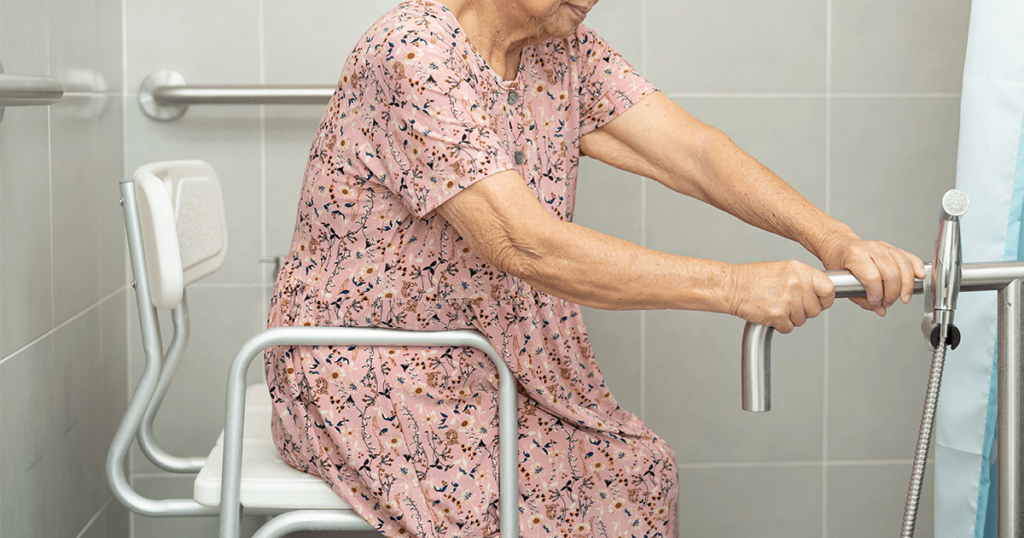
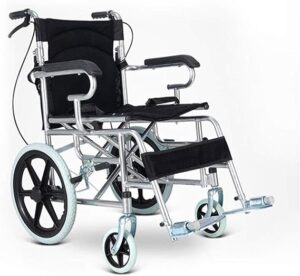


 Adult Diapers
Adult Diapers
 Air Management
Air Management
 Alcohol Tests
Alcohol Tests
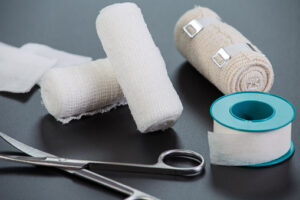 Bandages
Bandages
 Cholesterol Tests
Cholesterol Tests
 Consumables
Consumables
 Cotton Products
Cotton Products
 Drug Tests
Drug Tests
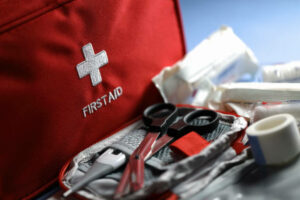 First Aid Kits
First Aid Kits
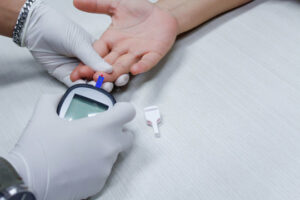 Glucose Tests
Glucose Tests
 Hemoglobin Tests
Hemoglobin Tests
 HIV Tests
HIV Tests
 Intravenous
Intravenous
 Lancets
Lancets
 Linen Savers
Linen Savers
 Measuring & Monitoring Machines
Measuring & Monitoring Machines
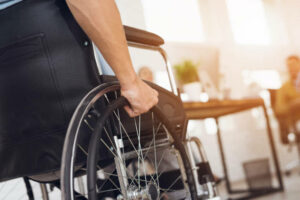 Mobility
Mobility
 Orthopeadics
Orthopeadics
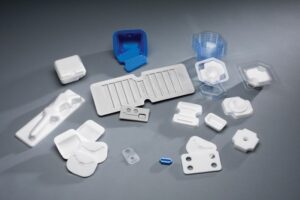 Packaging & Storage
Packaging & Storage
 Pregnancy
Pregnancy
 Safety Wear
Safety Wear
 Supplements
Supplements
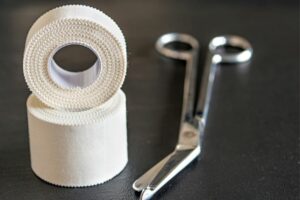 Tapes
Tapes
 Dental Care
Dental Care
 Ultrasound
Ultrasound
 Urinalysis
Urinalysis
 Wound Dressing
Wound Dressing